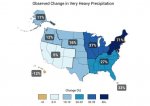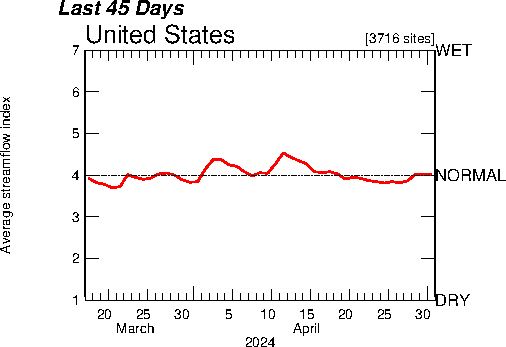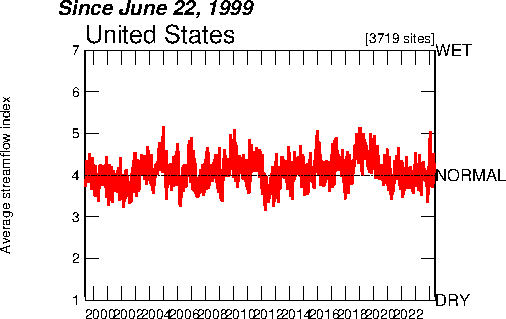- Joined
- Dec 2, 2015
- Messages
- 16,568
- Reaction score
- 7,253
- Location
- California Caliphate
- Gender
- Male
- Political Leaning
- Independent
Same thing I said to Jackie Boy. You are ignoring HARD SCIENCE facts. Why do you think this is hurricane season? Because the ocean (and air) waters are warmer this time of year, in the Northern hemisphere, adding energy to the storms. Add the 1.2 deg F, which is the rise in temperature from 50 years ago, and the problem exacerbates.
And I don't know what planet you've been living on. Sandy (2012) was one of the worst hurricane-turned-storms in history, in that it was 900 miles wide. Contrast that with Katrina, which was only 300 miles wide. Over $50 Billion in damage by Sandy. The recent Irma flooded Jacksonville, FL, but this isn't the only flooding of JAX. Obama visited during fairly recent floods, and declared it a disaster area. There have been plenty of recent floods throughout the US.
"In history!" BFD. It only been occupied for around 300 years - excluding the Indians. So you can't predict the future with crackpot, half assed climate models that ignore inputs they don't like. BTW, what water temperature are you trying to a achieve?




